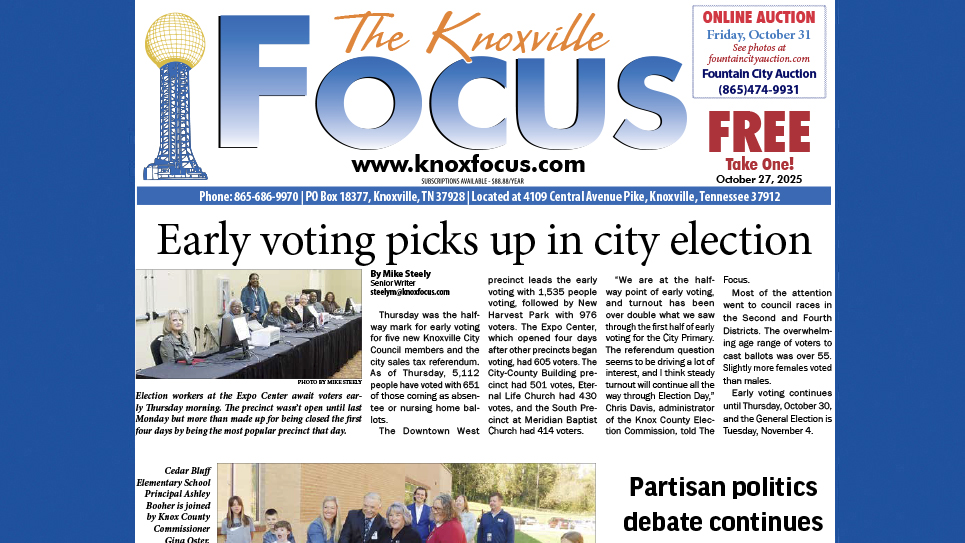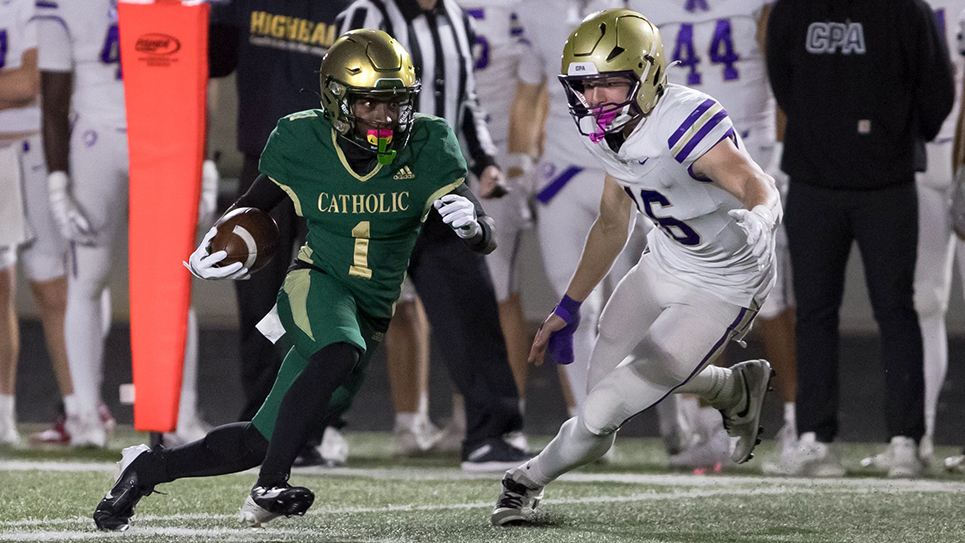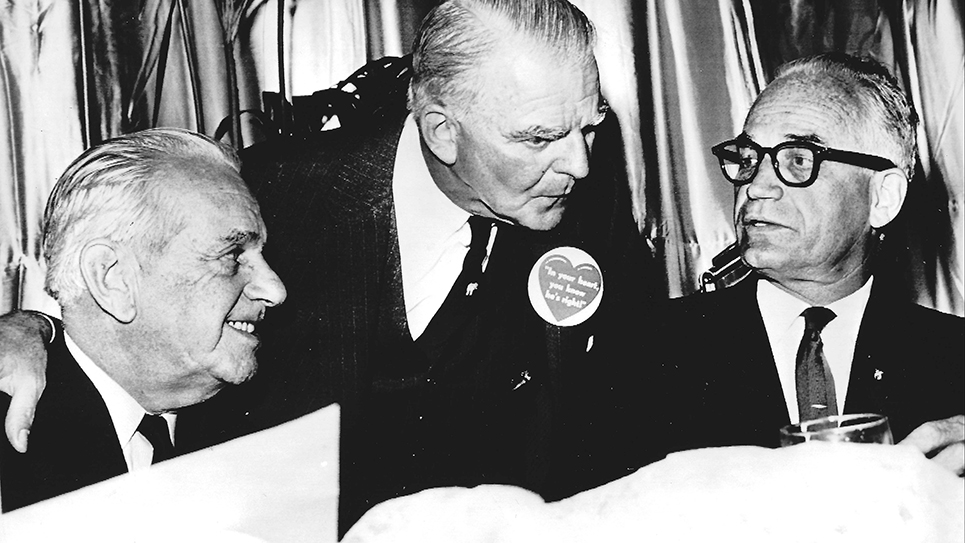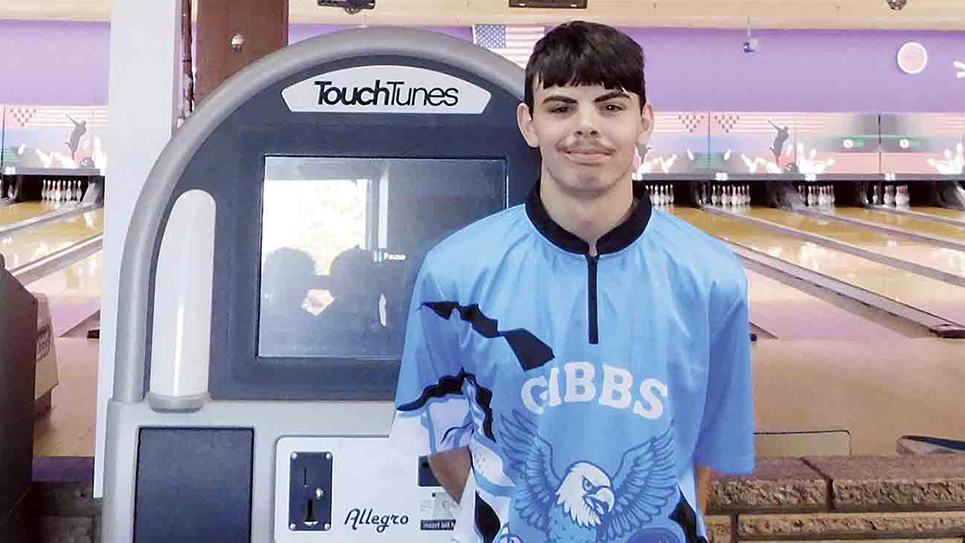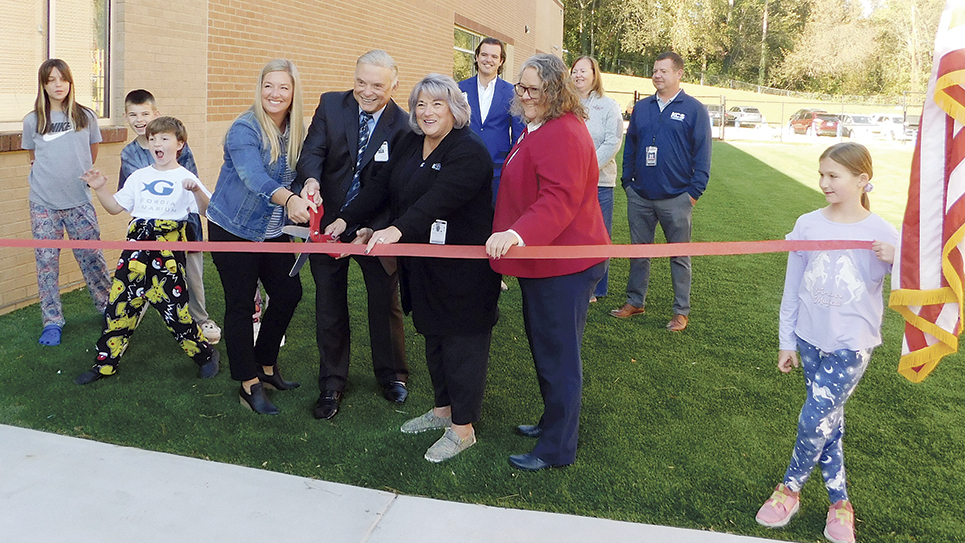Organized down to the last second
By Tom Mattingly
Traveling with the Tennessee football team meant trips to various venues, some exotic, some not. Someone once made a statement that was right on the money.
“If you were early, you were on time. If you were on time, you were late. If you were late, you were left.”
On these road trips, life was circumscribed by a number of bus rides and two plane flights. Everything was spit-and-polish and organized down to the last second.
A bus was the mode of transport to McGhee-Tyson Airport from campus, after a security check in the Neyland-Thompson Sports Center. The charter flights were mainly on Delta, although there was one trip to the old airport in Fayetteville, Ark., in 1995 where Delta wouldn’t fly. An outfit called Miami Air did, and it was an adventure.
When the plane landed, three buses provided transit to the stadium for the Friday afternoon walk-through. A police escort took over, sirens blazing. The officers were efficient in getting the buses through the afternoon traffic, except in Boston one year, where the procession seemed to stop at every crosswalk.
Following the walk-through, the buses took us to the team hotel, where room keys were spread across three big tables. Then there was scattered grumbling about three small elevators trying to move more than 100 people into the upper reaches of the hotel. Russ Bebb and I would pick up the keys to our room nearly simultaneously, but Russ always got there first.
The next day, buses took us to the game site, gears grinding as they made their way through the crowd and the traffic.
When we arrived at the stadium, there were a number of fans at the players’ entrance. There was some colorful language, but nothing really serious. “One-finger salutes” were in abundance. There was a time at Auburn when fans rocked the buses from side to side, but that was the exception rather than the rule.
Players took a quick walk up and down the field before heading for the sanctity of the dressing room. Visiting team dressing rooms were always functional, and that’s about all you could say. That assessment also includes the visitors’ dressing room under the south stands at Neyland Stadium.
The uniforms are laid out with precision, and everyone seems to be going in different directions. The media types head upstairs, and game time approaches. There’s a meal of some sort and a great deal of earnest conversation about any number of subjects.
Afterwards, the buses made their way to the airport for the trip home. If Tennessee had won, it was a happy time. If not, that’s another story. The local post-game shows dominated the airwaves. Those shows were always fun, more fun when the good guys had won.
There was all kinds of banter in the back of the plane. Gus Manning led the fun and frivolity. Statistics had been distributed. If game statistics differed from Russ Bebb’s Vol Network stats, Russ would always maintain his were correct.
The plane trip home provided food for the first time in several hours. The bill of fare was generally a roast beef sandwich, a ham and cheese sandwich, an apple, a large Snickers bar, some chips, and a couple of energy drinks, maybe even a Coca-Cola, all in one big bag.
The plane landed in Knoxville, with a big “thump” on impact. Either John Majors or Phillip Fulmer would make a brief speech about the team being on its best behavior over the rest of the weekend.
After one lengthy trip, the plane landed without incident and passengers began quickly preparing to disembark. The plane hadn’t quite made it to the gate when the pilot asked everybody to again be seated.
Nobody sat.
He asked again. Same result. Finally, the late Tim Kerin, who had a tendency to punctuate this type of moment, uttered these memorable words.
“SIT DOWN!”
Everybody sat. That was Tim Kerin, a man of great influence who commanded respect.
Buses were at the ready on the tarmac for the trip back to Gibbs Hall. There might be a stop at an auxiliary parking lot at the airport or at Lindsey Nelson Stadium where players’ and other staff members’ cars were. Then, finally, it was all over. Time to move on to next week.
The videographers headed to the Comm-unications Building to prepare for the coaches’ show the next morning.
It was back to the office, and an hour or so later, time to head home.
That’s seven bus rides and two plane flights over a Friday and Saturday, maybe even into the early hours of Sunday morning. It was a vintage time, not soon to be forgotten.

